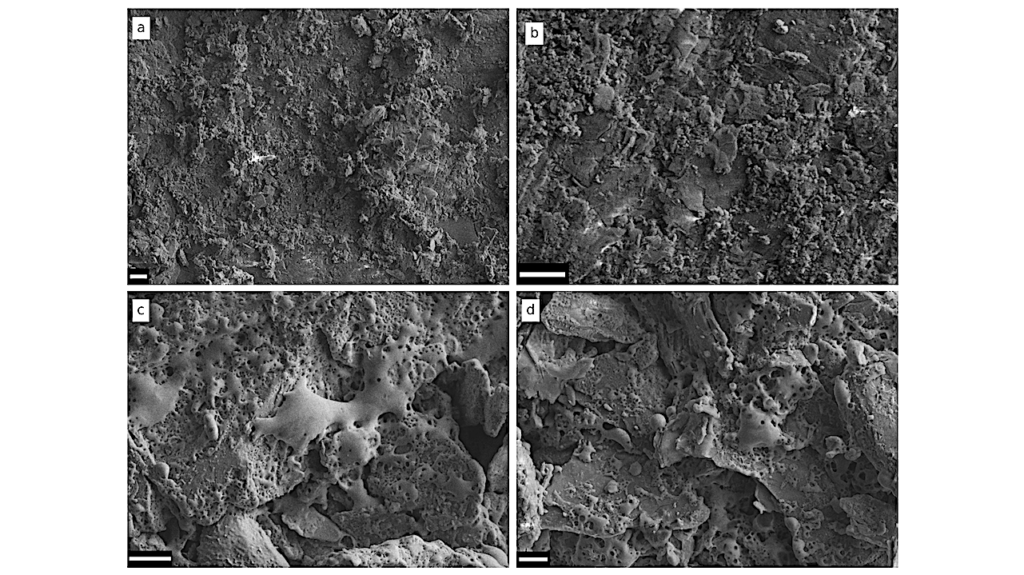Accretion of Water in Carbonaceous Chondrites

Protoplanetary disks are dust-rich structures around young stars. The crystalline and amorphous materials contained within these disks are variably thermally processed and accreted to make bodies of a wide range of sizes and compositions, depending on the heliocentric distance of formation.
The chondritic meteorites are fragments of relatively small and undifferentiated bodies, and the minerals that they contain carry chemical signatures providing information about the early environment available for planetesimal formation. A current hot topic of debate is the delivery of volatiles to terrestrial planets, understanding that they were built from planetesimals formed under far more reducing conditions than the primordial carbonaceous chondritic bodies. In this review, we describe significant evidence for the accretion of ices and hydrated minerals in the outer protoplanetary disk. In that distant region highly porous and fragile carbon and water-rich transitional asteroids formed, being the parent bodies of the carbonaceous chondrites (CCs).
CCs are undifferentiated meteorites that never melted but experienced other physical processes including thermal and aqueous alteration. Recent evidence indicates that few of them have escaped significant alteration, retaining unique features that can be interpreted as evidence of wet accretion. Some examples of carbonaceous chondrite parent body aqueous alteration will be presented.
Finally, atomistic interpretations of the first steps leading to water-mediated alteration during the accretion of CCs are provided and discussed. From these new insights into the water retained in CCs we can decipher the pathways of delivery of volatiles to the terrestrial planets.
Accretion of Water in Carbonaceous Chondrites: current evidence and implications for the delivery of water to early Earth
Josep M. Trigo-Rodríguez, Albert Rimola, Safoura Tanbakouei, Victoria Cabedo, Martin Lee
(Submitted on 28 Jan 2019)
Comments: 37 pages, 2 Tables, 10 Figures Presented in the International ESAC workshop “Ices in the Solar System” To be published in Space Science Reviews (SPAC-D-18-00036R3)
Subjects: Earth and Planetary Astrophysics (astro-ph.EP)
Journal reference: Space Science Reviews, 2019
DOI: 10.1007/s11214-019-0583-0
Cite as: arXiv:1902.00367 [astro-ph.EP] (or arXiv:1902.00367v1 [astro-ph.EP] for this version)
Submission history
From: Josep M. Trigo-Rodriguez
[v1] Mon, 28 Jan 2019 13:21:31 UTC (2,410 KB)
https://arxiv.org/abs/1902.00367
Astrobiology








